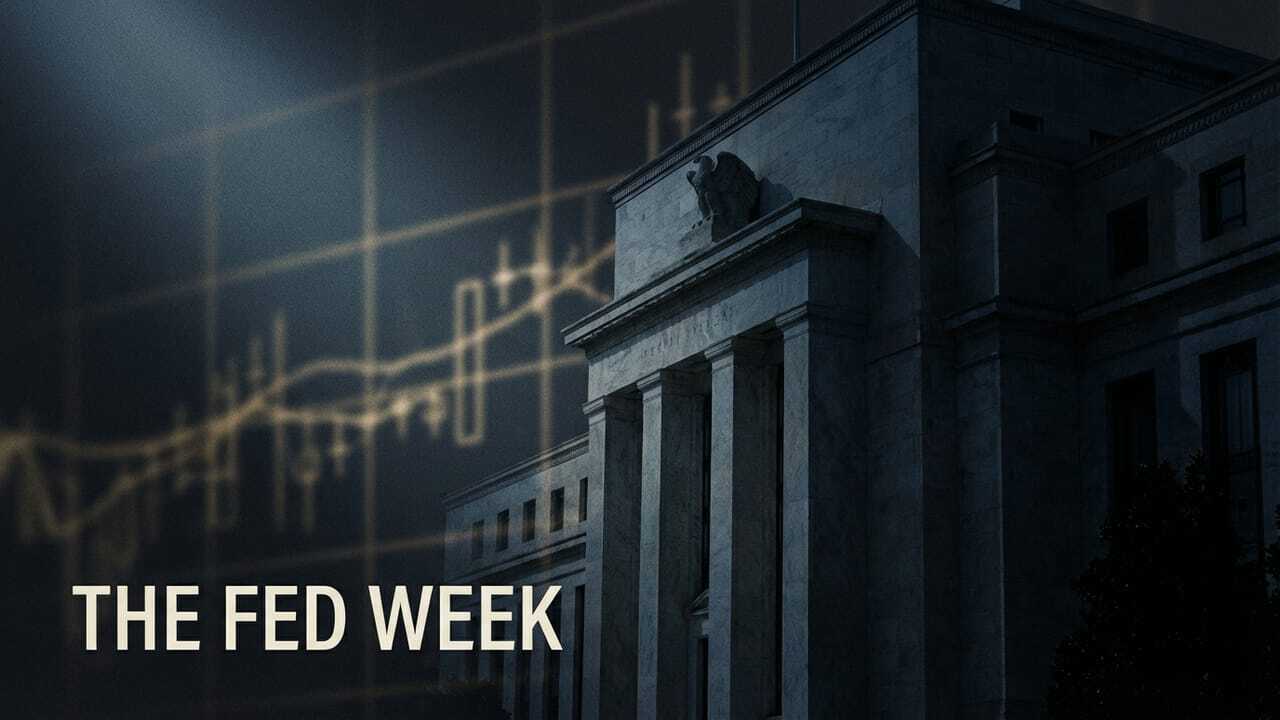
🚨Key Highlights
Leasing volume reached 23.2 M SF YTD (+20% YoY) — highest since 2006.
143 major leases signed through Q3 2025 — a 19-year record.
Finance & tech tenants drove ~60% of new activity.
Class A vacancy <10% vs >20% for B/C buildings.
Prime rents >$100/SF now common in Midtown trophy towers.
Signal
After four years of doubt, New York’s office market is rewriting its narrative. Tenants leased 23.2 million square feet in the first nine months of 2025 — a 19-year high and 30% above the 2018-2019 average. Midtown’s towers are again humming with tour traffic and term sheets. The flight-to-quality that defined the post-pandemic era has crystallized into a clear recovery cycle — anchored by finance and tech expansion and a visible return-to-office momentum in America’s largest urban core.
Finance and Tech Re-Lead Demand
Financial services tenants — private equity, hedge funds, and banks — absorbed ~6.5 M SF so far in 2025, their largest take-up in a decade. Meanwhile, tech firms account for about 20% of new leases, resuming growth after two quiet years. Both sectors favor institutional addresses and longer terms (10 years +), helping restore lender confidence in cash-flow durability. Government and healthcare users also upgraded space earlier this year while rents were soft. As a result, leasing velocity has shifted from defensive renewals to expansive commitments — a behavioral inflection point for corporate occupiers.
Flight-to-Quality Defines the Cycle
Roughly 80% of 2025’s leasing volume occurred in Class A or newly renovated buildings completed after 2010. Vacancy in top-quartile assets has tightened below 10%, while Class B/C availability remains above 20%. Tenants are trading up to premium space at comparable effective costs thanks to concessions and efficiency gains. This bifurcation is reshaping valuation logic: owners who invest in modernization see liquidity return; those who don’t face obsolescence risk and conversion pressure. As one leasing executive put it, “Today you’re either best in class — or available.”
Rents, Concessions, and Credit Discipline
Asking rents have stabilized around $75/SF in Midtown and $62/SF Downtown, flat year-on-year. Landlords still offer up to 12 months free rent and $150/SF tenant improvements for ten-year terms, but incentives are peaking. “Prime-prime” floors in new towers now achieve $120/SF+. Meanwhile, credit focus is tight: underwriting favors fewer, stronger tenants over fragmented rosters. Debt markets mirror this divide — life companies lend to trophy assets at ~L+225 bps (all-in 6–6.5%), while debt funds price older stock near 9%. For stabilized Class A holdings, values appear to have bottomed in late 2024 and are nudging higher.
Occupancy Momentum and Physical Use
Manhattan’s office occupancy rate hit 65% of pre-COVID levels this summer, with July 2025 foot traffic 1.3% above July 2019. Hybrid schedules are standardizing at three to four days per week, lifting daily utilization and supporting ancillary spending downtown. Sublease space has fallen ~10% from its 2023 peak, removing key headwinds to absorption. For now, the market’s health is visible not just in lease signings but in turnstile counts and elevator queues — a practical indicator of tenant re-engagement with physical workplaces.
Capital Market Thaw
Transaction activity is gradually returning. Lenders are selective but active for stabilized trophy assets at 5.0–5.5% cap rates, while buyers seeking Class B discounts plan conversions or major renovations. CMBS office spreads have narrowed ~30 bps since mid-2025, signaling rising confidence. City and state incentives for office-to-residential projects could further rebalance supply and extend the recovery cycle. On balance, the financing environment remains disciplined but no longer frozen — a critical shift for refinancing and valuation stability.


Expect continued absorption through 2026, with vacancy likely to fall 1–2 percentage points as renewals and expansions persist. Effective rents for prime space could rise ~5% by mid-2026 as free-rent periods shorten. Simultaneously, policy-driven office-to-residential conversions should chip away at obsolete inventory, tightening market balance. Foreign capital is re-engaging, attracted by New York’s relative value versus London and Hong Kong. Hybrid work is now a structural variable, not a shock — and the city’s office market is adapting around it rather than against it.
Recovery is not a reversal — it’s re-pricing for relevance.

CoStar Research (Q3 2025); CBRE Market View (New York Office 2025); Cushman & Wakefield Leasing Data (2025); CRE Daily (Oct 2025).







